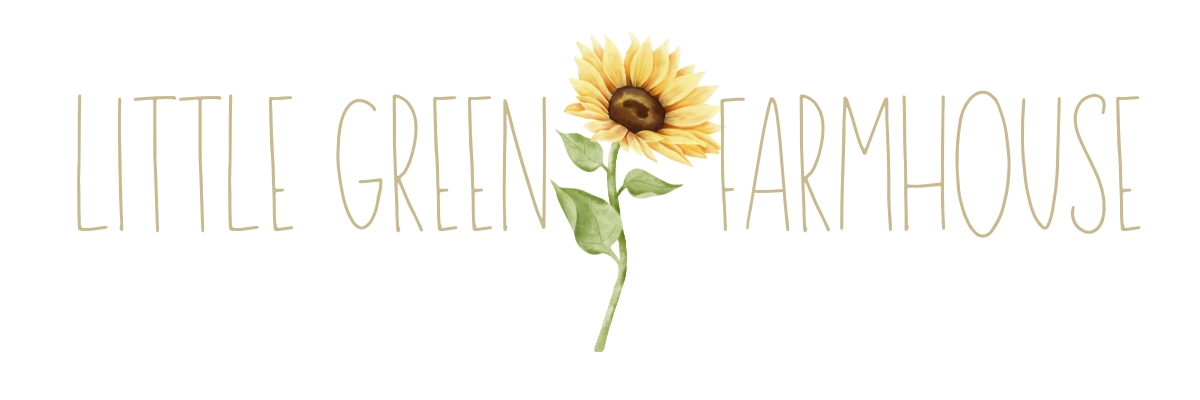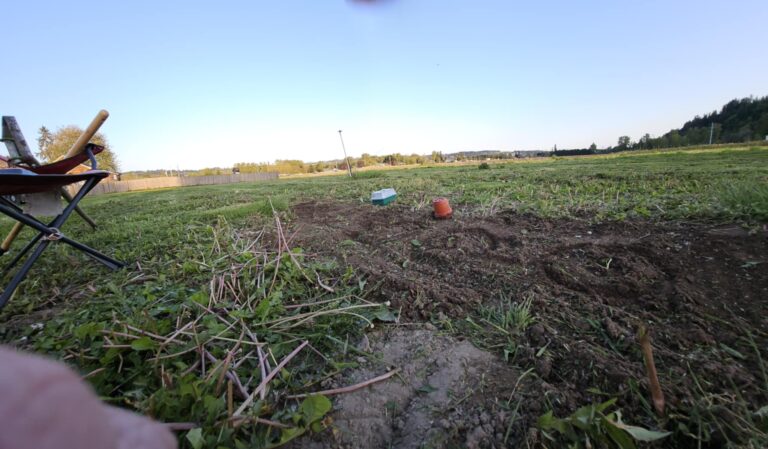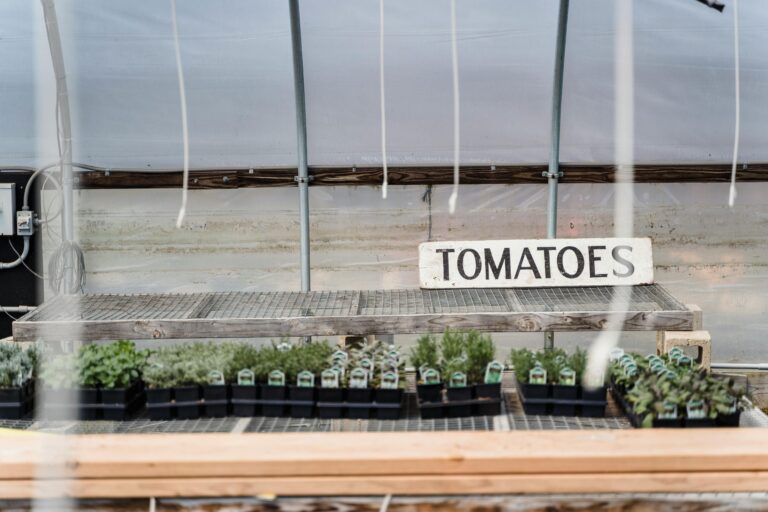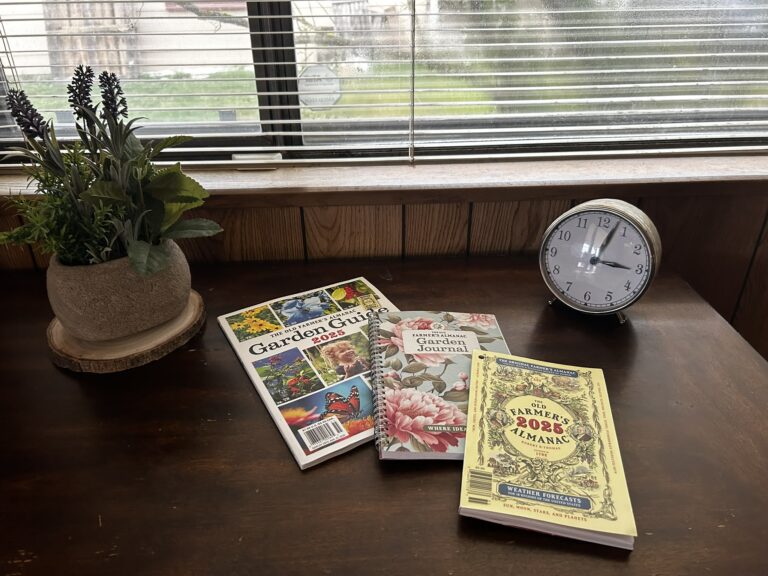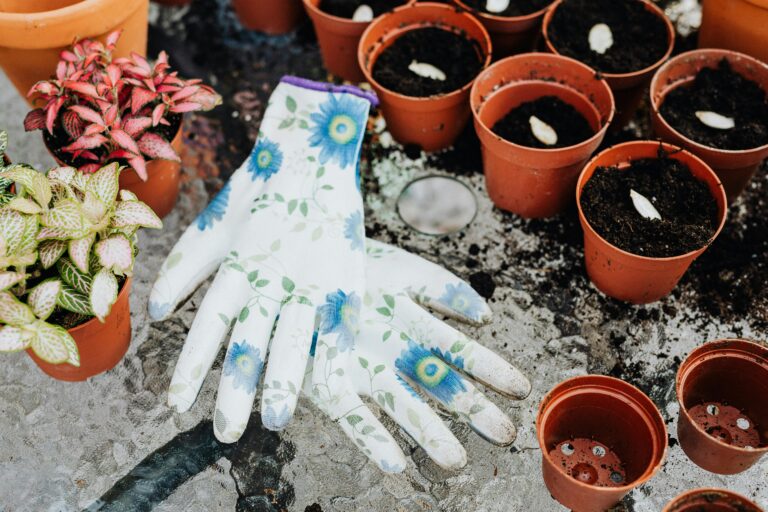Seed Starting on a Small Budget: Grow More for Less
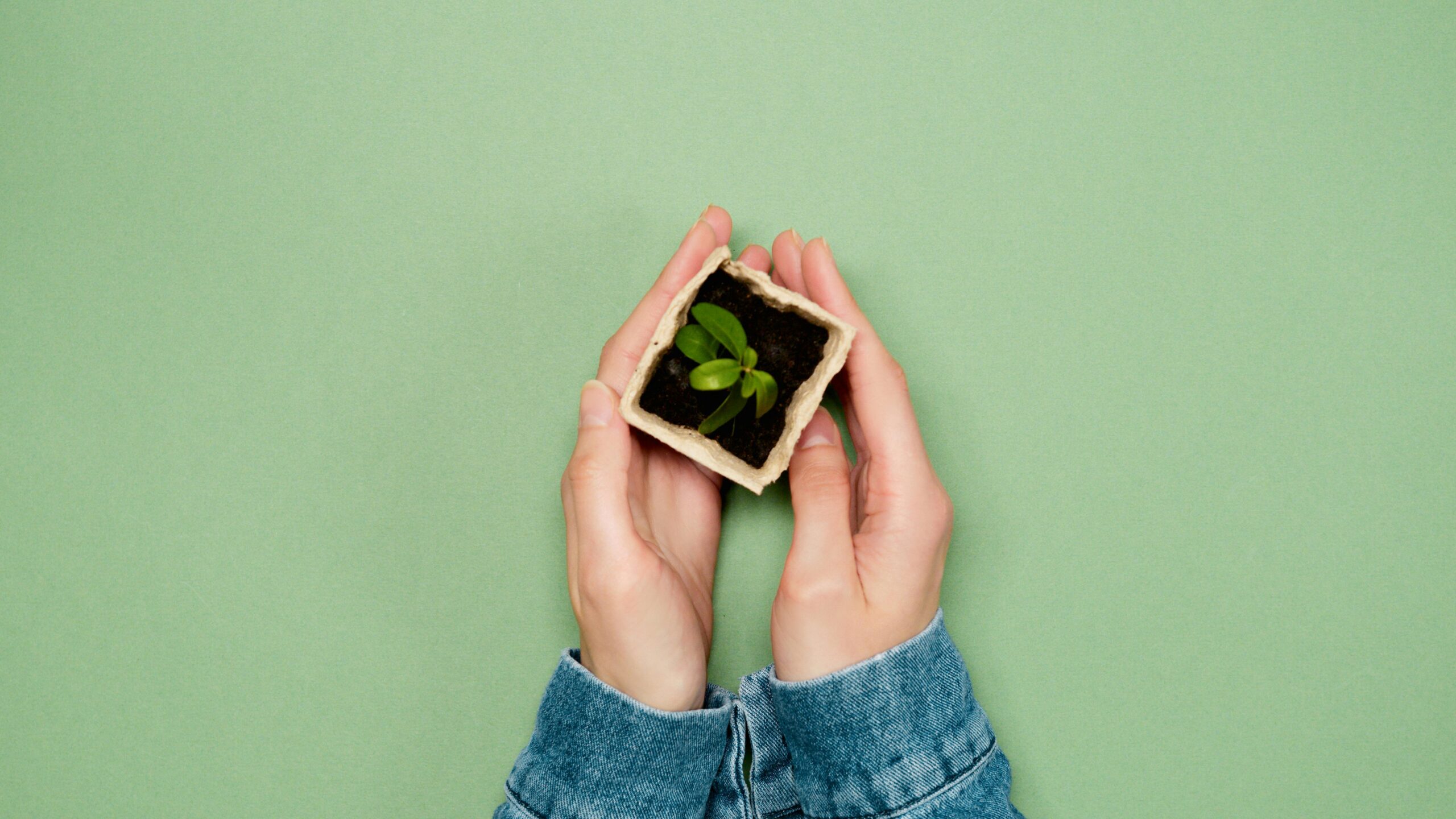
Starting plants from seed is one of the most rewarding parts of gardening. You get to watch tiny sprouts turn into full-grown plants, all while saving money compared to buying nursery-grown seedlings. But let’s be real—seed starting can get expensive if you go all out on fancy trays, grow lights, and soil mixes.
The good news? You don’t need a big budget to get started. With a little creativity and resourcefulness, you can grow a thriving garden for pennies. Here’s how to start seeds on a small budget without sacrificing success.
1. Use What You Already Have (or Can Get for Free)
Before spending money, take inventory of what’s already available to you. Many everyday household items can double as seed-starting supplies.
🌱 Containers:
- Egg cartons, yogurt cups, and takeout containers make excellent seed trays. Just poke drainage holes in the bottom.
- Toilet paper rolls or newspaper pots can be planted directly into the ground—no transplant shock!
- Milk jugs or soda bottles can act as mini-greenhouses when cut in half.
🌱 Labels:
- Popsicle sticks, plastic spoons, or even cut-up yogurt lids work well for labeling seedlings.
- Use a pencil instead of a marker so the labels don’t fade.
🌱 Seed trays & covers:
- Save those clear plastic salad containers from the grocery store—they make perfect seed trays with built-in humidity domes!
2. Budget-Friendly Soil Solutions
Soil is the foundation of good seed starting, but premium seed-starting mixes can be pricey. Try these money-saving alternatives:
🪴 Make Your Own Mix
A simple homemade seed-starting mix:
✔️ 1 part coconut coir or peat moss (for moisture retention)
✔️ 1 part compost (for nutrients)
✔️ 1 part perlite or sand (for drainage)
🌿 Skip the Expensive Fertilizers
- Use compost tea or dilute coffee grounds as a natural fertilizer once seedlings develop true leaves.
- Crushed eggshells can help provide a slow release of calcium.
3. Score Seeds for Cheap (or Free!)
Seeds are where many gardeners overspend. But you don’t have to!
🌾 Seed Swaps & Local Resources
- Many libraries and community centers have seed swap programs where you can take seeds for free or trade extras you have.
- Ask in local gardening groups—seasoned gardeners often have extra seeds to share.
🌱 Save Seeds from Food You Already Eat
- Bell peppers, tomatoes, squash, and herbs can all be regrown from store-bought produce.
- Dry seeds from a pumpkin, scrape out tomato seeds, or plant that sprouted garlic clove.
💰 Buy in Bulk & Share
- Large seed packs are often cheaper per seed. Split a packet with a friend!
4. No Grow Lights? No Problem!
Grow lights are great but not necessary if you use natural light wisely.
☀️ South-Facing Windows: A bright, sunny window can work just fine for many seedlings.
🔄 Rotate Your Trays: Turn seedlings every day so they don’t lean toward the light.
🚪 DIY Reflectors: Use aluminum foil or white poster board behind seedlings to reflect more light onto them.
If your seedlings do get leggy, don’t panic! Many plants (like tomatoes and peppers) can be planted deeper to encourage stronger roots.
5. Keep It Warm Without Breaking the Bank
Most seeds germinate best at 65-75°F (18-24°C), but that doesn’t mean you need an expensive heat mat.
🔥 Budget Heat Hacks:
- Place trays on top of the fridge where it’s naturally warm.
- Use an old heating pad on the lowest setting (make sure it’s waterproof!).
- Set trays near a sunny window or in a warm bathroom after a hot shower.
Once the seeds sprout, they don’t need as much warmth—so no need to keep the heat source running for weeks!
6. Water Smartly & Save Money
💧 DIY Watering Cans:
- A rinsed-out milk jug or soda bottle with holes poked in the cap makes a gentle watering can.
- Use a spray bottle to mist young seedlings instead of overwatering.
🌦️ Collect Rainwater:
- Set out a bucket or bowl to catch rain—it’s free and great for plants!
7. Transplanting on a Budget
Once your seedlings are ready to move outside, you don’t need fancy pots or raised beds.
🏡 Cheap Transplant Containers:
- Cut-off milk cartons, old coffee cans, or even biodegradable newspaper pots work great.
- Reuse old nursery pots from previous plant purchases.
🌿 Direct Sow When Possible:
Some plants (like beans, squash, and lettuce) grow best when planted directly in the garden, skipping the need for seed trays altogether.
Final Thoughts: Start Small & Keep It Simple
Starting seeds on a small budget is totally doable. You don’t need to spend a fortune on fancy equipment—just use what you have, get creative, and let nature do most of the work.
